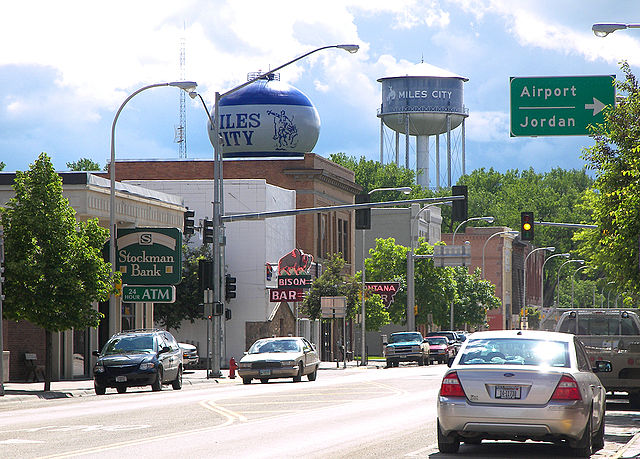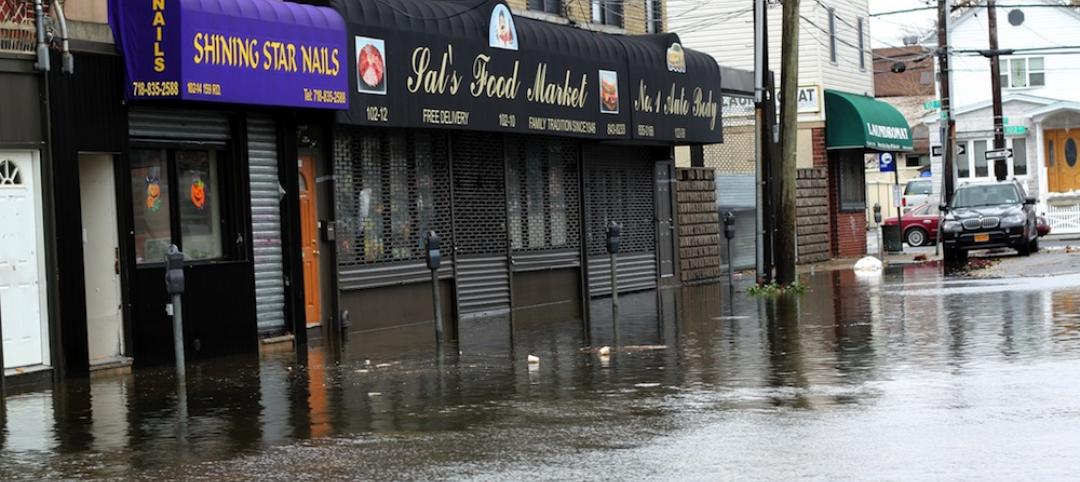In a report this week from its Council on Finance, Insurance and Real Estate (CFIRE), the National Institute of Building Sciences issued the findings and recommendations on the financing of small commercial retrofit projects for energy efficiency.
Small commercial buildings (generally defined as less than 50,000 sf) make up the majority of the nation’s building stock by both number and area (93.9% and 49.5%, respectively). Yet, despite this vast segment of the building stock, investments in energy-efficiency retrofit projects for small commercial buildings have lagged behind those for larger buildings.
The CFIRE report, Financing Small Commercial Building Energy Performance Upgrades: Challenges and Opportunities, identifies several barriers to investment in such retrofits. Key issues include the costs and complexity associated with relatively small loan sizes, as well as the challenge owners have in understanding and trusting predicted retrofit outcomes.
Conservatively estimated as a $35.6 billion market, investments in small building retrofits could yield the nation an estimated 424,000 job years of full-time employment and reduce greenhouse gas emissions by 87 million metric tons a year. Small building retrofits would also improve the resilience of the nation’s built environment and take pressure off the aging electric grid.
In addition to identifying the challenges, the report also highlights current programs and mechanisms that can be replicated or expanded to address the challenges.
The report recommends:
• Federal programs should be expanded and deployed to facilitate state and local energy retrofit financing efforts.
• Federal policy should encourage the development and testing of energy retrofit programs at the individual city, county or utility level.
• Public-private energy retrofit approaches should be encouraged in federal policy making.
• Federal, state and community policy makers should recognize local and property-level variations in designing energy efficiency programs that serve small businesses and others.
• Policy makers should leverage national Commercial Buildings Energy Consumption Survey (CBECS) data, as well as the growing quantity of voluntary and mandatory benchmarking and disclosure programs, to create more meaningful building performance databases.
• Utilities should be required to provide energy consumption data to property owners and tenants, including aggregate building level data for properties in which tenants are separately metered.
• Public policies and programs should be designed to anticipate the future aggregation of energy retrofit loans into bonds, and to provide the basis for appropriate loan documentation.
CFIRE released the report during its Annual Meeting, held during Building Innovation 2015: The National Institute of Building Sciences Annual Conference and Expo.
Related Stories
Smart Buildings | Oct 26, 2020
World’s first smart building assessment and rating program released
The SPIRE Smart Building Program will help building owners and operators make better investment decisions, improve tenant satisfaction, and increase asset value.
Smart Buildings | Oct 1, 2020
Smart buildings stand on good data
The coming disruption of owning and operating a building and how to stay ahead through BIM.
AEC Tech | Jan 16, 2020
EC firms with a clear ‘digital roadmap’ should excel in 2020
Deloitte, in new report, lays out a risk mitigation strategy that relies on tech.
Urban Planning | Oct 20, 2016
Despite troubled development, Masdar City forges ahead
The detailed master plan for Phase 2 of Masdar City has been unveiled by CBT.
Smart Buildings | Feb 10, 2016
100 Resilient Cities to partner with Perkins Eastman
Perkins Eastman joins 100RC group of Platform Partners to offer resilience-building services to member cities.
Industry Research | Feb 8, 2016
Changing of the guard: Big cities giving way to newer, less expensive offerings
U-Haul truck rental costs are a good early predictor of migration trends in the U.S.
Resiliency | Jan 29, 2016
Section of New Orleans will try new approach to flood control
The city will turn to a retain and control storm water strategy.
BIM and Information Technology | Jan 27, 2016
Seeing double: Dassault Systèmes creating Virtual Singapore that mirrors the real world
The virtual city will be used to help predict the outcomes of and possible issues with various scenarios.
Smart Buildings | Dec 15, 2015
Property owners and developers challenge FEMA floodplain maps
Agency said to be open to revision requests.
Smart Buildings | Dec 7, 2015
AIA Baltimore holds rowhouse redesign competition
Teams competed to provide the best social and environmental design solutions for the city’s existing rowhouse stock.














